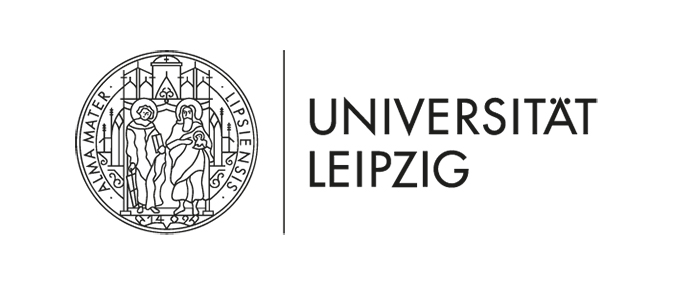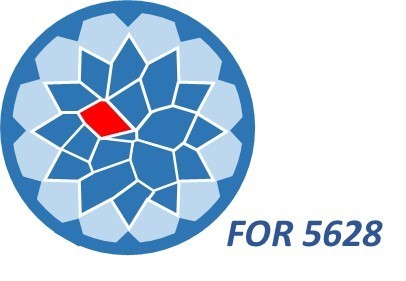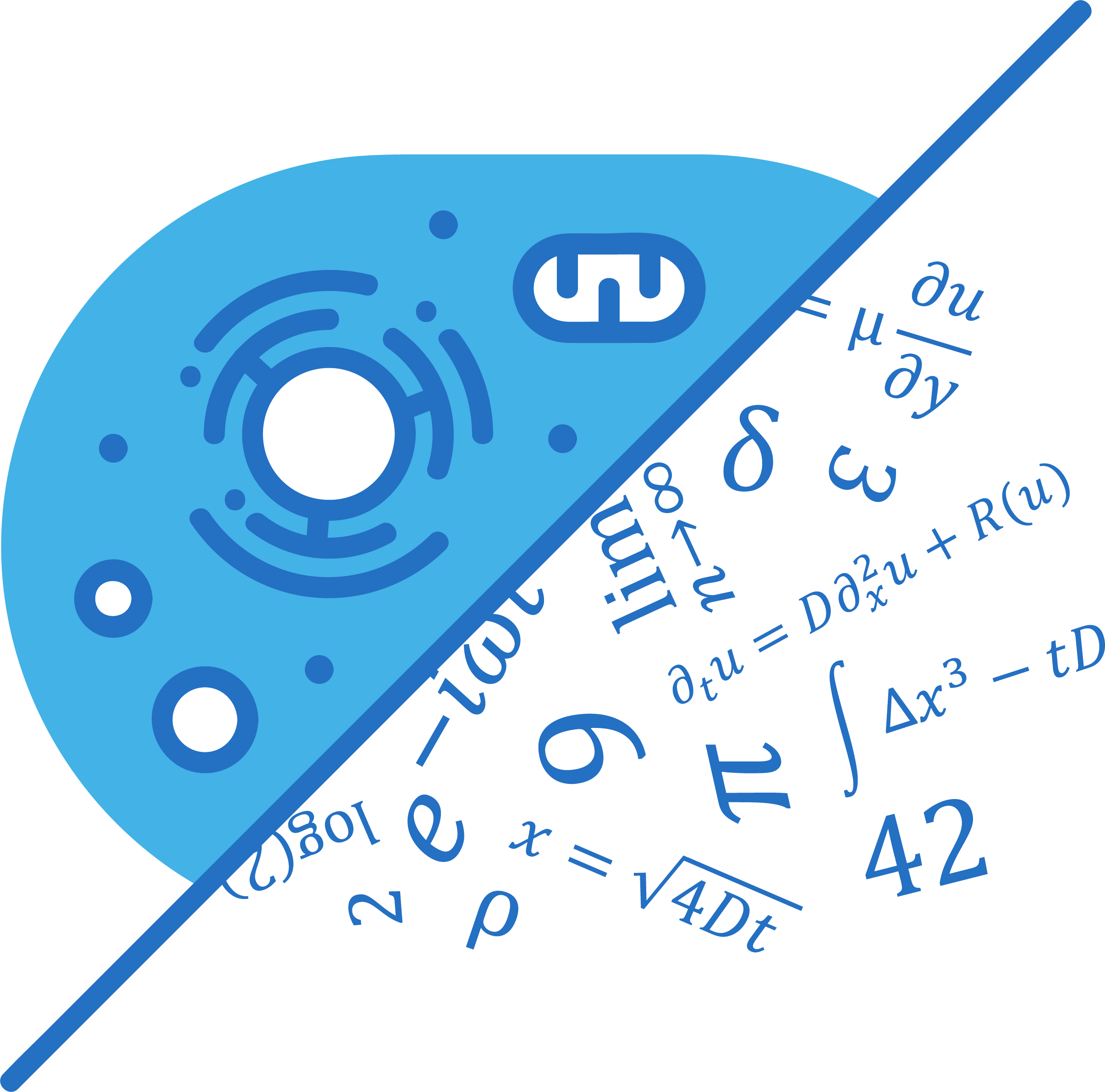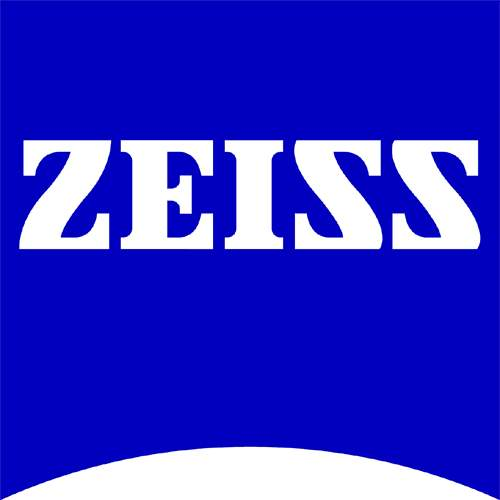|
15th Annual Symposium Physics of Cancer Leipzig, Germany Sept. 30 - Oct. 2, 2024 |
PoC - Physics of Cancer - Annual Symposium |
|
|
Contributed Talk
Collagen-hyaluronic hydrogels as a platform to study shear force impact on bladder cancer spheroids
Institute of Nuclear Phisics Polish Academy of Sciences, Radzikowskiego 152, 31-342 Krakow, Poland
Contact:
Collagen (Col) and hyaluronic acid (HA) are the main components of the extracellular matrix (ECM) in many tissues. Therefore, preparing hydrogels composed of these natural polymers has inherent advantages in mimicking the microstructure, mechanical, and biological functions of the natural ECM. Spheroids are commonly used in vitro tumor models, as they are more relevant to solid tumors or cancerous tissues. Thus, combining spheroids with functional biomaterials provides a great platform to study the changing mechanics of cells and matrix during cancer. The study aims to analyze the viscoelastic properties of Col-HA hydrogels and their effect on spheroids' deformation and cell migration into the surrounding 3D environment.
In this study, spheroids were formed from human non-malignant cancer cells of the ureter (HCV29), transitional cell carcinoma (T24), and bladder carcinoma (HT1376) cells. They were embedded in Col-HA hydrogels with different microstructure and mechanical properties and were deformed using a rotational rheometer working in oscillation mode, applying a shear strain γ = 1%, and frequency f = 0.1 ÷ 10 Hz. The hydrogels showed G’ of 28.8 ± 1.1 Pa and 0.84 ± 0.01 kPa, and G” of 7.6 ± 1.8 Pa and 0.15 ± 0.0 kPa, respectively. Spheroids' deformation and migration of single cells within the hydrogels' network were recorded using a light microscope. A Live/Dead test was performed to study cell viability, confirming that cells during spheroid formation and incubation in designed hydrogels were well-preserved. The study has shown that the increased mechanical properties of hydrogels inhibited spheroids' deformation and individual cell migration. Cell migration was significantly larger for T24 cells, which are highly invasive compared to HCV29 and HT1376 cells. The effect of cell migration under shear force was found to correlate with the expression of E-cadherin in HT1376 and N-cadherin in T24 and HCV29 spheroids. Our results demonstrate that Col-HA-based hydrogels are a suitable model for studying the mechanical resistance of spheroids under applied shear forces. Cell escape from the spheroids' surface to the 3D Col-HA matrix depends both on hydrogel mechanics and cell phenotype. Obtained results might help understand the relationship between physicochemical and biological properties in the cell-ECM interfaces. Acknowledgments This study was financed by the National Science Centre (Poland), project no. UMO-2021/41/B/ST5/03032 (NCN, OPUS-21). |









